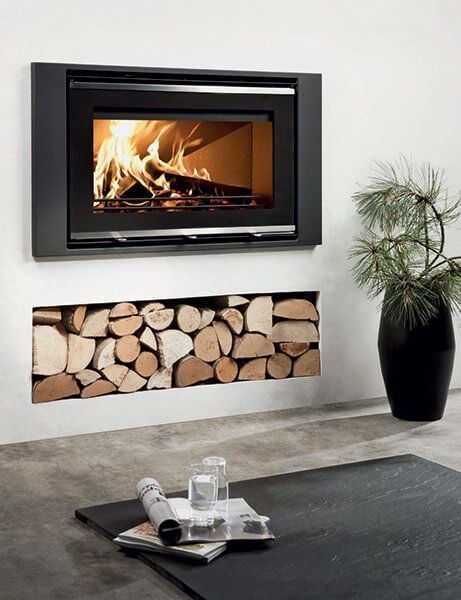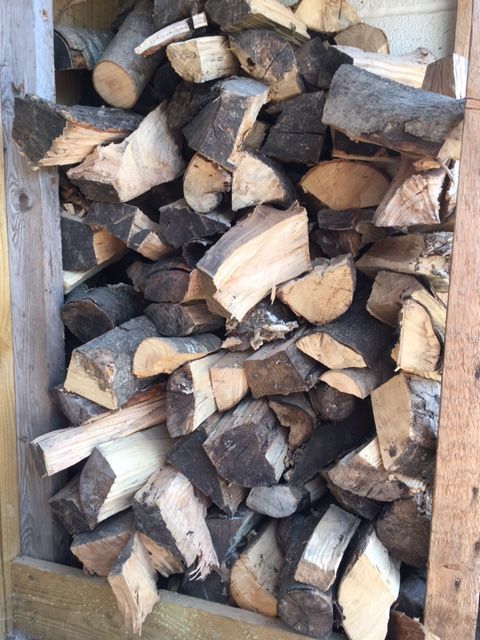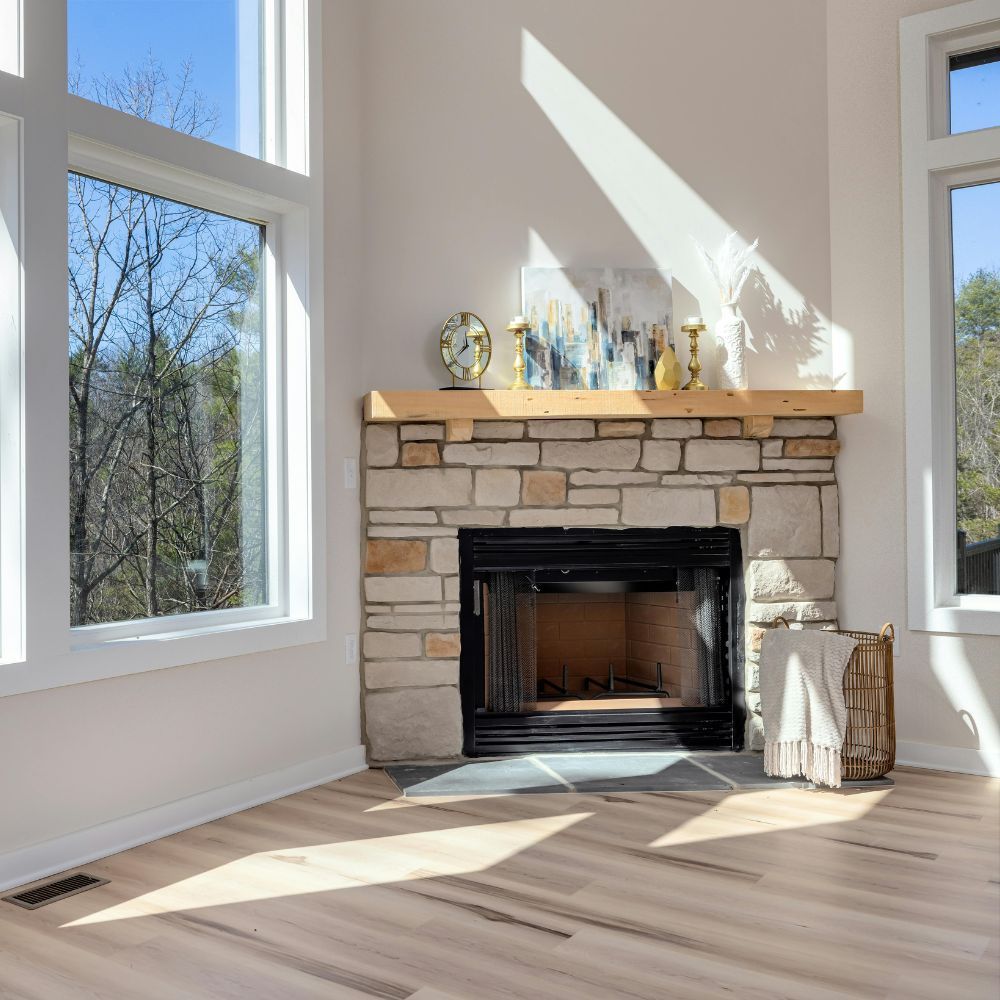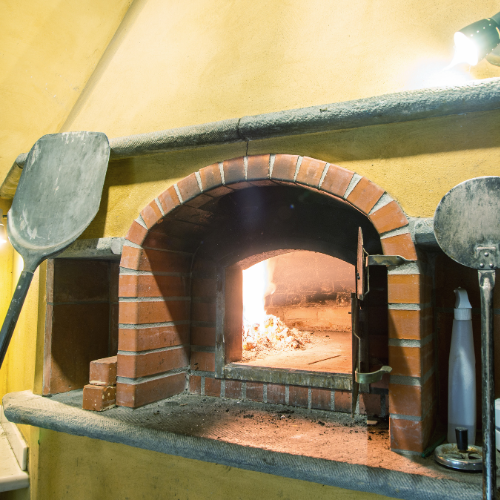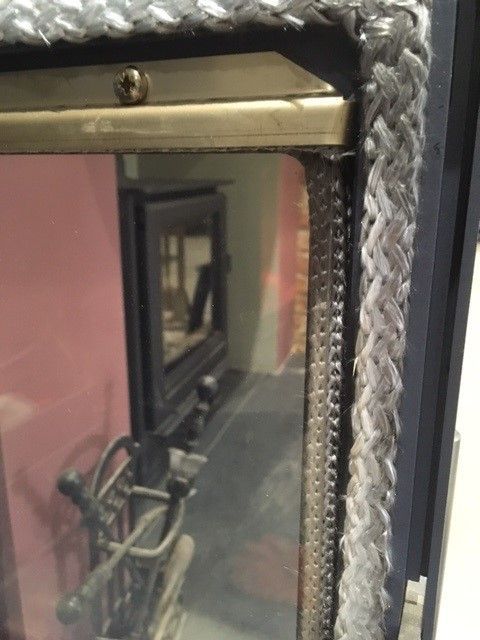Choosing Wood for Your Wood-Burning Stove: Factors to Consider
A Simple Guide to Understanding and Selecting the Best Wood for Optimal Heating and Ambience.

Having a wood-burning stove in your home is one thing; figuring out the best wood to burn in it is another. It is not just about getting a good flame - different woods have different qualities, and your choice can affect both the heat output and the overall experience. Here is a straightforward guide on things to consider when selecting the type of wood to burn on your wood-burning stove.
1. The Basic Divide: Hardwoods vs Softwoods
Woods generally fall into two categories: hardwoods and softwoods.
Hardwoods, from trees like oak, ash, and beech, are typically dense. They tend to burn slower and hotter and usually give off less creosote, which can clog up your chimney if there is too much.
Softwoods, sourced from trees such as pine and spruce, ignite relatively quickly. They are often handy for kindling; however, they tend to burn out faster and sometimes produce a bit more creosote.
While many people lean towards hardwoods for a longer-lasting fire, availability in the local area may influence your choice.
2. Why Seasoned Wood Matters
Seasoned wood is simply wood that has been dried out for a while. Freshly cut, or 'green', wood holds a lot of moisture. This makes it trickier to burn and can produce more smoke. Seasoned wood, having been dried for at least a year, generally offers a cleaner and more efficient burn.
3. Spotting Good Seasoned Wood
You can usually tell seasoned wood by its appearance and feel. Look for logs that are darker at the ends with visible cracks. They feel lighter than you might expect and when you knock two logs together, they should make a sharp sound.
4. The Scent Factor
If you fancy a fire with a bit of fragrance, some woods are naturally more aromatic than others. Burning apple or cherry wood can fill the room with a subtle, sweet scent, while pine and cedar have their own unique smells.
5. Thinking Green with Wood
If you are environmentally minded, you might want to consider where the wood comes from. Opting for sustainably sourced wood ensures that for every tree cut down, there is another one planted.
6. Woods to Avoid
A quick word of caution: avoid burning any wood that has been treated or painted which can release harmful fumes. Materials such as plywood should not be burnt on your wood-burning stove.
7. Heat Output: A Quick Note
Different woods generate more heat than others. If you want a warmer, cosier fire during those colder months, denser woods like oak or maple might be your best bet due to their higher heat output.
8. Local Availability and Cost
Your choice might also be influenced by the availability of the wood locally and the price. Hardwoods are often edmore expensive however, their efficiency makes them appealing in terms of burning time and heat output.
Ready to Enhance Your Wood-Burning Experience?
Choosing wood for your stove might seem daunting, but it is mainly about understanding what you want from your fire and what is available in your local area. Whether you are after a fragrant, aromatic burn or just something to keep the cold at bay, there is likely a wood out there that will suit your requirements.
If you are looking for more information or perhaps some advice tailored to your specific setup, feel free to visit our showroom in Hordle in the south of the New Forest.

